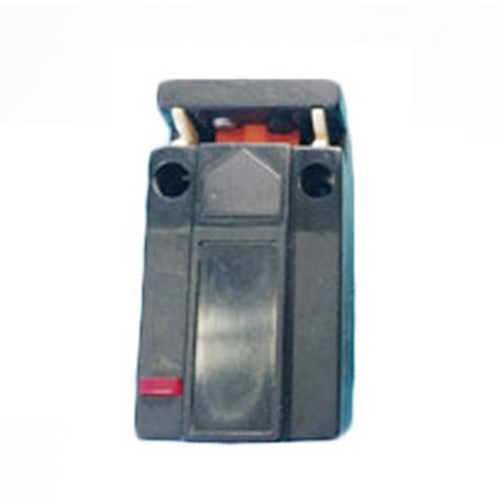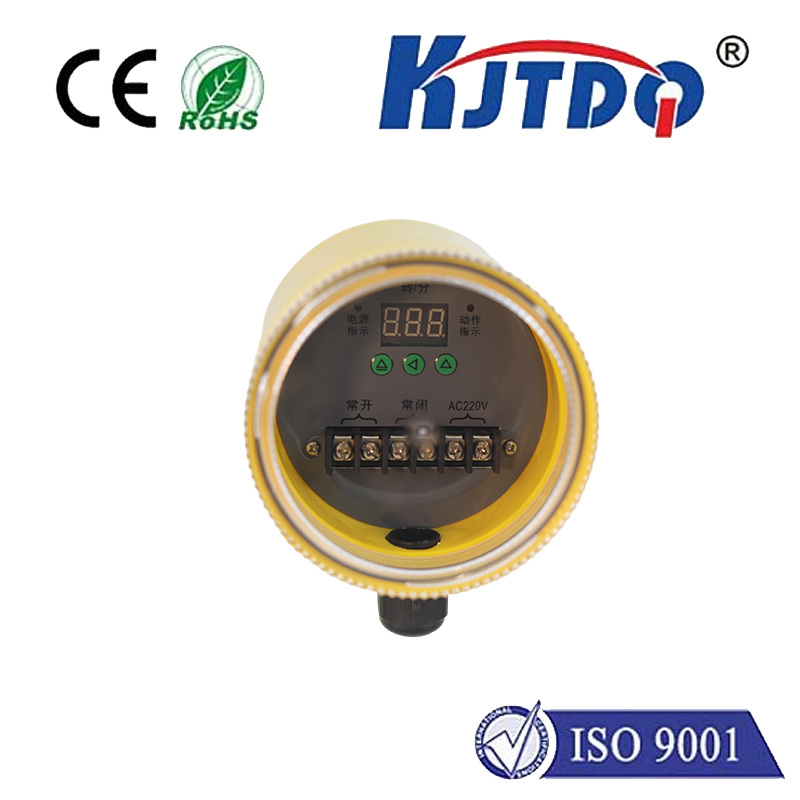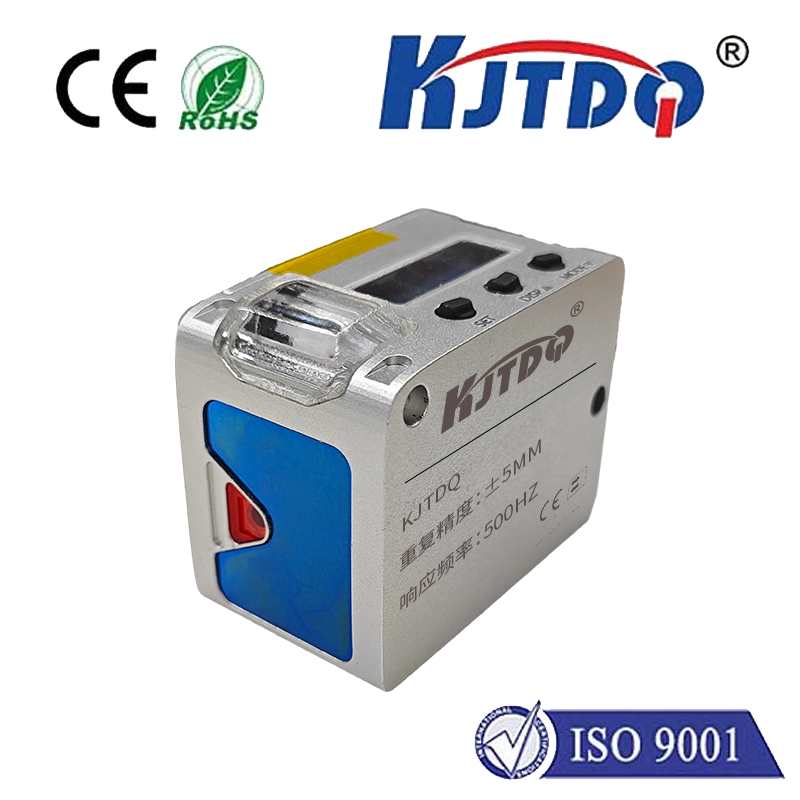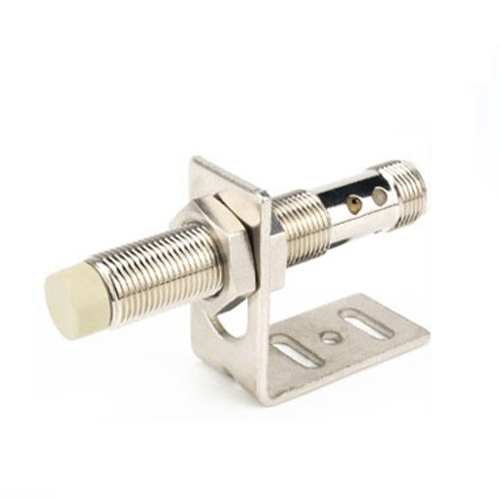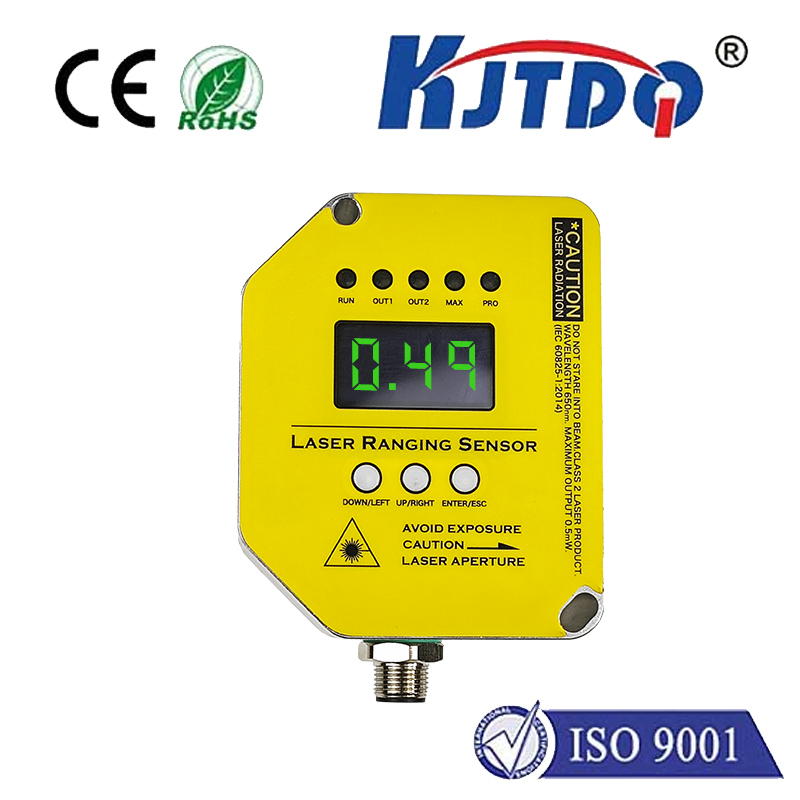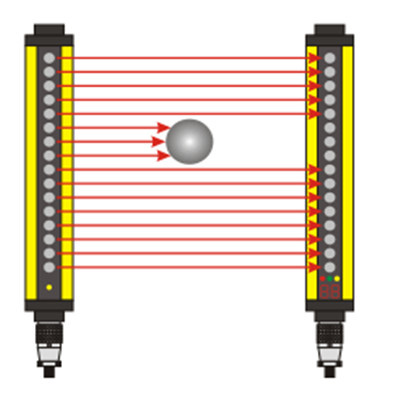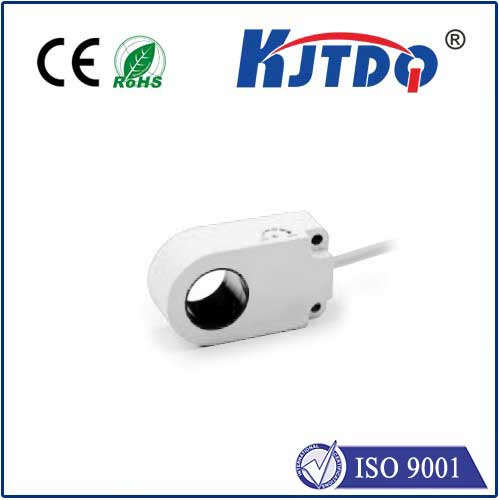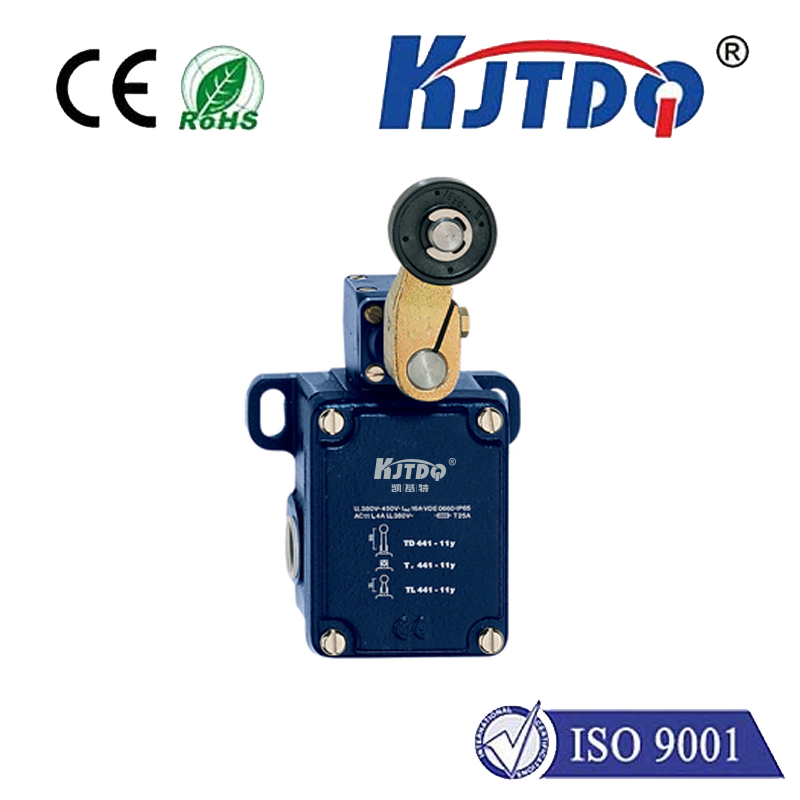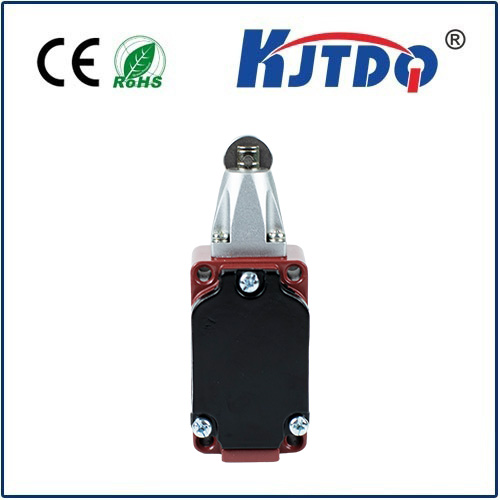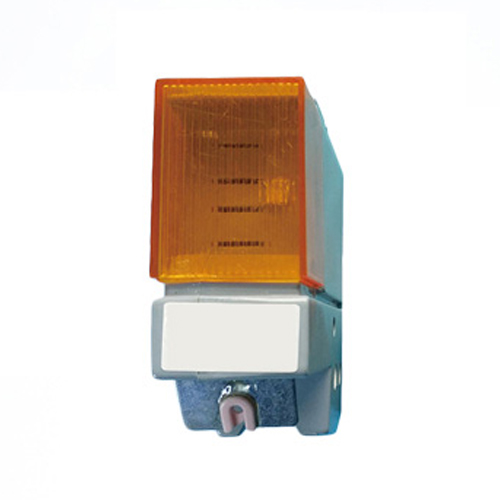

check

check

check

check

check

check

check

check

check

check
ope Limit Switch: Ensuring Safe and Efficient Operations
In the world of industrial machinery and equipment, safety and efficiency are paramount concerns. One critical component that addresses both these issues is the rope limit switch. This article delves into the importance and functionality of the rope limit switch, explaining why it has become an indispensable part of numerous industrial applications.
The Basics of Rope Limit Switches
A rope limit switch is a type of position sensor used to detect the presence or absence of an object within a given area. In this case, the 'object' refers to a rope or cable, which is often part of cranes, elevators, material handling systems, and other machinery where precise control over movement is essential. The switch operates by detecting the rope's position and triggering a response when predefined limits are reached.
Key Features and Benefits

1. Safety Enhancement: Rope limit switches serve as a safeguard against over-travel or under-travel scenarios. By setting specific points at which the switch activates, operators can prevent mechanisms from moving beyond safe parameters, reducing the risk of accidents and potential damage to equipment or surrounding structures.
2. Precision Control: Accurate detection enables operators to fine-tune movements, ensuring that loads are lifted, lowered, or moved with precision. This feature is especially crucial in operations where even minor deviations can result in significant losses or downtime.
3. Reliability: Designed to endure harsh industrial environments, rope limit switches offer reliability and durability. They are built to resist wear and tear, maintaining consistent performance through continuous use.
4. Easy Integration: Compatible with various control systems, rope limit switches easily integrate into existing machinery setups. Their straightforward design makes installation straightforward, requiring minimal disruption to operational workflows.
Applications in Industrial Settings
The utility of rope limit switches spans multiple sectors, including construction, manufacturing, mining, and transportation. For instance, in construction sites, they ensure cranes do not exceed height limitations, protecting workers and nearby structures. In manufacturing facilities, they might regulate the movement of robotic arms, ensuring accuracy during assembly lines. Moreover, in mining operations, these switches could monitor the position of elevators carrying personnel and materials, preventing hazardous situations.
Maintenance and Troubleshooting
To maintain optimal performance, regular checks on the condition of the rope and the switch are necessary. Any signs of fraying or damage to the rope should be addressed promptly. Additionally, periodic testing of the switch’s responsiveness helps to identify any delays or failures before they escalate into more significant issues.
Conclusion
The rope limit switch embodies simplicity in design yet plays a complex role in enhancing safety and efficiency across various industries. By reliably monitoring rope positions and acting as a failsafe against mechanical oversights, these switches are invaluable components for modern machinery operations. As technology advances, the development of more sophisticated rope limit switches will continue to drive improvements in industrial safety standards and operational precision.
